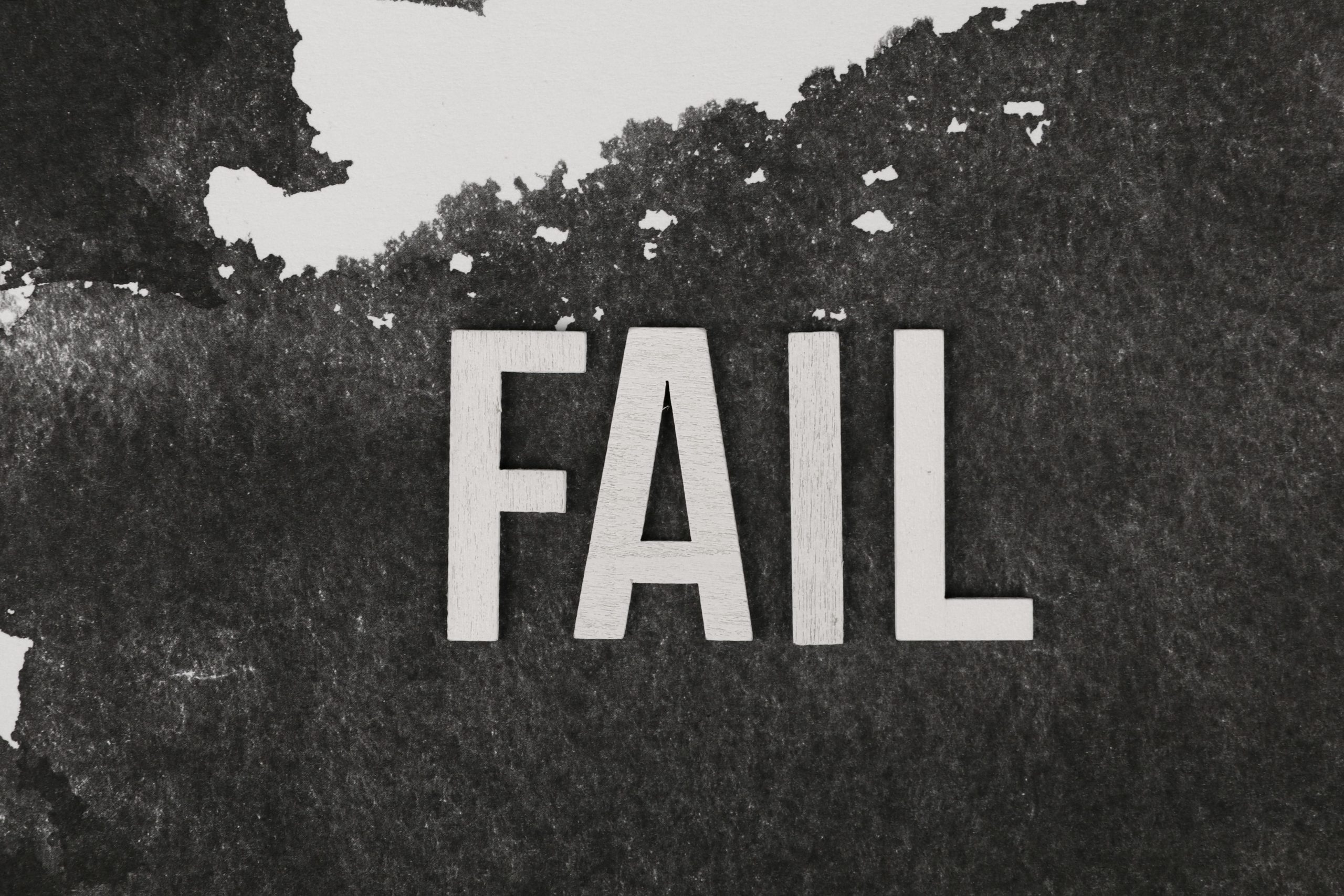“Ever had your printing press sound like a dying lawnmower, spitting out blank pages? Welcome to print run failures.”
Publishing insurance isn’t just about covering books or manuscripts—sometimes, it’s about protecting against the weird stuff you never expect. Like print run failures. Yep, those moments when everything goes sideways and what should’ve been a pristine batch of novels ends up looking more like modern art. In this post, we’ll tackle why these disasters happen, how they can impact publishers financially, and most importantly, what publishing insurance can do about it. You’ll learn:
- What causes print run failures (spoiler: humans)
- How to minimize risks through smart prep
- Why publishing insurance is worth every penny
- A terrifying example of a million-dollar mess
Table of Contents
- Key Takeaways
- The Costly Chaos of Print Run Failures
- How to Prevent Disaster Before It Hits
- Top Tips for Smart Publishing Insurance Planning
- Case Study: When One Mistake Burned $2 Million
- FAQs About Printing Risks
Key Takeaways
- Print run failures often stem from equipment issues, design errors, or supply chain problems.
- Publishing insurance can mitigate losses caused by defective prints, delays, or damaged stock.
- Inadequate preparation is the biggest risk factor publishers face.
- Having backup plans and vetting suppliers are non-negotiable steps.
What’s the Big Deal With Print Run Failures?

To understand why print run failures hurt so much, let’s paint a picture. Imagine spending months writing, editing, formatting, and designing a book. The big day arrives—you send off the files to your printer, dreaming of glossy covers and perfect bindings. Then disaster strikes. Pages come out upside down, colors bleed all over, or worse, entire sections are missing. What now?
In monetary terms, these failures cost publishers thousands—or even millions. According to recent stats, printing errors account for 27% of financial losses in the publishing sector annually. That’s not counting lost sales due to delayed releases or reputational damage.
Sensory Disclaimer: Picture yourself on launch day, staring at stacks of unreadable copies piled up like trash outside your warehouse. Smell the ink fumes mixing with disappointment. Yeah, it’s brutal.
Dodging the Bullet: How to Avoid Print Run Failures

Now that we know how bad things can get, here’s how to stop them before they start:
- Vet Your Printer: Not all presses are created equal. Research potential partners thoroughly. Ask for references, check their reputation online, and maybe test them with a small batch first.
- Proof Everything Twice (Or Thrice): I once skipped triple-proofing because “it seemed fine.” Spoiler alert: It wasn’t. Always double-check text, layout, color calibration, and binding specs.
- Invest in Quality Materials: Cheap paper jams machines. Cheap ink fades. Don’t cheap out on supplies unless you want to create an eyesore masterpiece instead of a bestseller.
- Create Contingency Plans: If something does go wrong, who fixes it? Who pays? Having a Plan B will save your sanity (and wallet).
Must-Know Tricks for Safe Publishing Insurance Coverage

Publishing insurance might sound boring until you need it. Here’s how to pick coverage that actually matters:
- Get Full Coverage: Opt for policies covering both physical inventory damage AND business interruption costs.
- Understand Exclusions: Some insurers won’t cover mistakes made during the print process itself. Be sure yours does!
- Don’t Skimp on Premiums: A higher premium upfront saves you from massive bills later.
Grumpy Me: “Yeah, yeah, paying extra feels dumb when nothing’s gone wrong yet.”
Optimist Me: “But remember—the average claim payout is 5x the annual premium!”
Real Talk: A Million-Dollar Blunder

In 2018, a major publisher released 50,000 copies of a high-profile biography… only to discover the inside was printed entirely in Chinese characters instead of English. Oops.
Not only did they eat the original production cost ($1.2M), but reprint delays also pushed back the release date by three months. Sales plummeted as impatient readers turned to pirated editions. A clear case where solid publishing insurance could’ve softened the blow.
Frequently Asked Questions
Q: Are print run failures covered under standard publishing insurance?
It depends. Many policies exclude certain types of printing defects, especially if caused by negligence. Read the fine print!
Q: Can technology help prevent print run issues?
Absolutely. Advanced printers with built-in QA checks catch errors early. AI tools can spot mismatches between digital proofs and printed results too.
Q: Is there such thing as ‘too much’ insurance?
Nope. While over-insuring rarely happens, make sure your policy matches your needs. Overpaying for irrelevant coverage = waste of cash.
Final Thoughts: Like a Tamagotchi, Your Print Runs Need TLC
So, what’s the verdict? Print run failures suck—but they don’t have to sink your publishing dreams. By combining preventative measures, quality control checks, and robust publishing insurance, you’re setting yourself up for success.
Pro Tip: Remember that one time I said triple-proofing was optional? Ignore me. Triple-proofs are chef’s kiss.
P.S. Life lesson haiku:
Ink spills, pages fade, But wisdom stays forever— Insure thy work.


